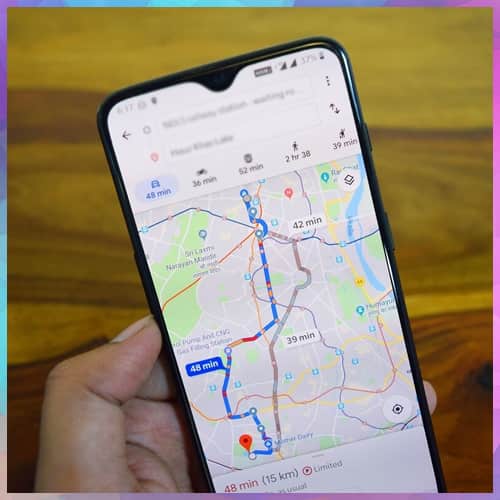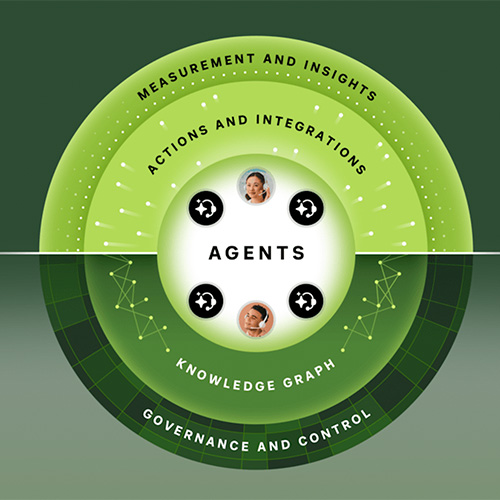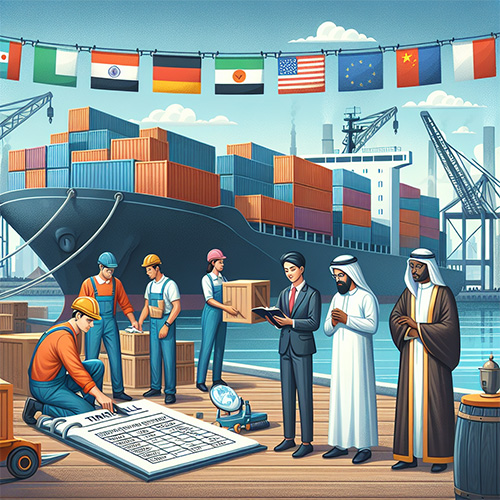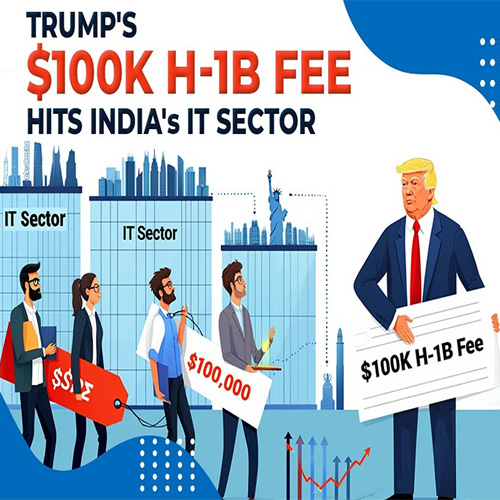
Google Maps has announced a slate of new partnerships in India with local authorities and organizations aimed at bringing more helpful and delightful features customized to the unique and diverse needs of people in the country. The announcements underline Google’s focus on building helpful maps that offer a more visual and accurate navigation and exploration experience, and democratize critical and useful location-based information to help communities. Google also restated its commitment to facilitate a more sustainable tomorrow by extending its geospatial tools and platform to local entities.
Google announced the launch of its Street View experience in India in partnership with Genesys International, an advanced mapping solutions company, and Tech Mahindra. Starting today, Street View will be available on Google Maps with fresh imagery licensed from local partners covering over 150,000 km across ten cities in India, including Bengaluru, Chennai, Delhi, Mumbai, Hyderabad, Pune, Nashik, Vadodara, Ahmednagar, and Amritsar. Google, Genesys International, and Tech Mahindra plan to expand this to more than 50 cities by the end of 2022. This India launch marks the first time in the world that Street View is being brought to life completely by local partners.
Speaking of the announcements, Miriam Karthika Daniel, VP - Google Maps Experiences, said “Over the past 14 years we have innovated to bring helpful, local, and high-quality experiences to people across the nation. We believe the launch of Street View in India will be instrumental in delivering a more helpful user experience, from virtually visiting locations to getting a better sense of local businesses and establishments. This launch has been made possible only through collaborations with our local partners Tech Mahindra and Genesys International.”
Birendra Sen, Business Head, Business Process Services, Tech Mahindra, said, “Technology is not just the backbone of the global economy, but is also a strategic tool which can turn insights into solutions, uncover trends and predictions, and transform businesses in a sustainable manner. Today, there is an increasing need for technologies that turn insights from GIS (Geographic Information Systems) into ready products that can be utilized by customers. The GIS industry has only grown manifold with time, owing to increased data availability and the development of smart cities all over the world. In line with this, our partnership with Google is another step toward delivering high-quality and immersive mapping experiences to the people of India.”
Sajid Malik, Managing Director of Genesys International Corporation Limited, said, "We were the first Indian firm to perform street imaging of all major cities in India. Our fleet is still swiftly photographing Indian cities, bringing to life our city's amazing tapestry of streets and landmarks and allowing us to comfortably visit our old neighbourhoods or plan our trips. Google Maps has always been at the forefront of geospatial technology, and we are honoured to be an enabler of their efforts by offering the best technology to India and its people. We are delighted to be a part of the Google Street View programme, and we feel that our partnership will go a long way towards offering the most helpful and engaging mapping experience for people and customers across India."
Street View APIs will also be available to local developers enabling them to deliver richer mapping experiences in their services.
Google also announced its partnership with Bengaluru traffic police as part of its efforts towards delivering models that better optimize traffic light timings. This is helping the local traffic authority manage road congestion at key intersections, and will eventually scale across the city. Google will further expand this to Kolkata and Hyderabad in partnership with local traffic authorities.
Dr. Ravikanthe Gowda, Joint Commissioner of Police (Traffic), Bengaluru said, “We are proud to partner with Google to use technology to help reduce traffic congestion and improve road safety for the people of Bengaluru. We are the first Indian city to have started a pilot with Google to optimize the traffic light configuration in Bengaluru to reduce signal wait time for commuters. As per the data provided by Google, the revised plan by Google resulted in an average 20% wait time reduction per driver going through the pilot intersection during the day. We are excited by the positive impact this can have on reducing traffic congestion, road rage, fuel consumption, and greenhouse gas emissions. This is a testimony of the transformational impact the coming together of government and technology companies like Google can have on society.”
Google has additionally partnered with traffic authorities and aggregators to help people across eight cities in India, including Delhi, Hyderabad, Chandigarh, Ahmedabad, Kolkata, Gurgaon, Bangalore, and Agra, helping them make informed travel decisions and avoid congestion zones with information on road closures and incidents.
Google remains focused on driving sustainable innovation in partnership with local entities to help India achieve its climate action goals and reduce carbon footprint. Till date, it has collaborated with 250 NGOs, 60 Universities, 30 government agencies, and 15 research organizations who have used Google’s geospatial products to find actionable insights on climate change.
In India, Google recently piloted its Environmental Insights Explorer, a free tool designed to help cities and local governments measure emissions and identify reduction strategies with the help of public transport activity data. Google today shared that four Indian cities - Bengaluru, Chennai, Pune and Aurangabad -are using transport emissions data from EIE to develop Climate Action Plans. Google also publicly launched Aurangabad’s EIE data, making it accessible to research organizations to help propose sustainable solutions to the city.
Google additionally announced its collaboration with the Central Pollution Control Board (CPCB) to help people in India make more informed travel decisions by equipping them with authoritative air quality information. People can access this information overlay by tapping the ‘Layers’ button at the top right in their Maps app and selecting the ‘Air Quality’ option.
See What’s Next in Tech With the Fast Forward Newsletter
Tweets From @varindiamag
Nothing to see here - yet
When they Tweet, their Tweets will show up here.





























